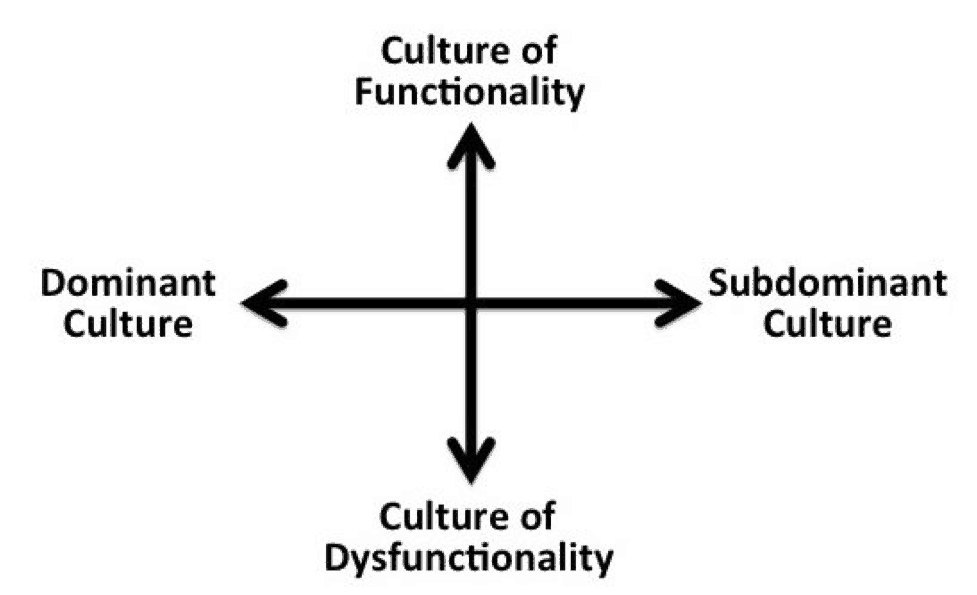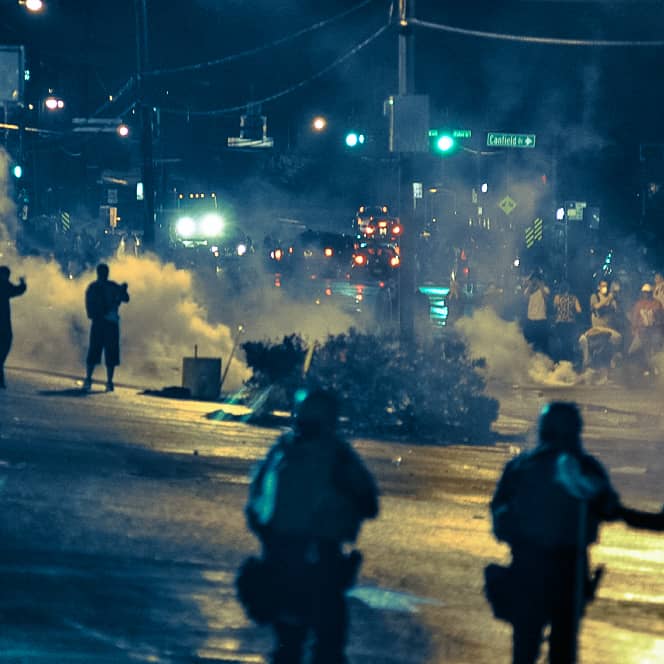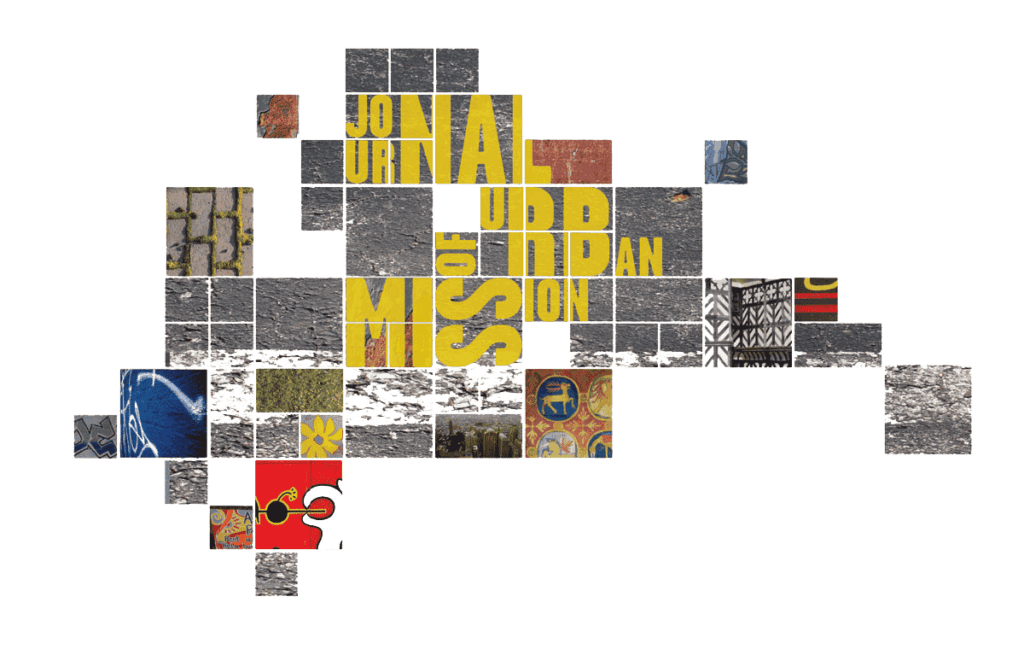“Ferguson Day 6, Picture 44” | Loavesofbread | Wikimedia Commons
When I heard the decision not to indict the killers of Eric Garner, my outraged response was, “here we go again!” If the Michael Brown case lacked moral clarity, the senseless tragedy of the Eric Garner case was much more clear. No matter what the circumstances were, here were two more African American men added to the list of senseless killings, arousing strong reactions nationally and internationally.
Some claim that these killings demonstrate the existence of racist structures that permeate our society. Others claim that these killings resulted from criminal behavior or “a lack of personal responsibility.” While both positions point to contributing factors, they both continue to ignore the elephant in the room, namely culture – a factor that dwarfs the previous two.
We have made astounding progress against racism thanks to the Civil Rights and Black Consciousness movements. Yet in the ‘hood, conditions have not improved accordingly. Today, there is a growing culture of dysfunctionality eating away not just at the ‘hood, but at our larger society. It is often government funded through well meaning but mismanaged subsistence programs. It is having devastating effects across cultures, yet is felt most profoundly in the ’hood. It is a culture derived from the old “redneck” South – a culture nurtured by structures of oppression and one that wears down initiative and personal responsibility – whose value system elevates and encourages anti-achieverism, fatherlessness, dependency, helplessness, hopelessness, self-sabotaging/self-destructive behavior, fratricide, etc., and in extreme cases, nihilism.
What we are witnessing today is more a cultural divide than a racial one. I am by no means denying the reality of the remaining vestiges of racism; I am saying that racism by itself cannot fully account for the frustration of those who feel the sting of non-acceptance in, and hostility from, the larger society. This is because valued behavior in the culture of dysfunctionality is often devalued in the culture of functionality, and vice-versa.
A major dogma of today’s politically correct milieu is, “Value systems and cultures are equally valid; therefore, thou shalt not evaluate them lest ye become guilty of ‘blaming the victim.’” Thus, without the cultural factor, the entire problem of marginalization is attributed only to racism. This partly explains, perhaps, why the overwhelming majority of senseless Black on Black murders across the country do not arouse the same intensity of anger. It does not fit the narrative of ‘sola racisma’ (racism alone), leaving us with no adequate basis for rallying widespread outrage and protest.
Dimensions
The vast majority of African Americans are not bound by the culture of dysfunctionality. Yet this distorted culture has gained a dominant influence among African Americans, aided largely by the mass media. However, the functional vs. dysfunctional is not the only cultural divide. There is also another dimension, namely, the dominant vs. subdominant:

Most African Americans have experienced some form of racism. There are few of us who haven’t suffered or witnessed some form of overbearing police misconduct by White and non-White officers. Because the subdominant culture tends to experience more oppression than the dominant culture, there tend to be divergent views of police. Thus, while most in the dominant culture see recent excessive police use of force from the perspective of the rule of law, many in the subdominant culture feel these incidents as paradigms of injustice and oppression.
Furthermore, from the perspective of the culture of dysfunctionality, it is easier to see police as an ‘occupation force.’ From the perspective of the culture of functionality, police tend to be seen as “upholders of law and order.”
Hence, our current national crisis has uncovered an unfortunate point of contact between members of the subdominant culture and those trapped in the culture of dysfunctionality – a suspicion of police.
In the wake of recent events, there is much talk of healing and reconciliation. Unfortunately, as time passes there is a diminishing possibility for this. Why? Because at the same time, our society is dumping its historic core values all in the name of “inclusiveness” and “multiculturalism.”
Many of us have forgotten that appealing to these essentially biblical core values made the Civil Rights Movement possible. We are increasingly losing the basis for building a consensus to distinguish right from wrong, and justice from injustice.
If this current trend prevails, we will degenerate into a culturally balkanized society and everyone will lose.
Paradigms
Oppression is sin plus power – the imposition of sin or its consequences on others with less power. This causes the oppressed to push back. As they resist oppression, they tend to overlook their own sin, and the oppression alone becomes the paradigm for all their problems.
Solomon said, “there is nothing new under the sun.” A similar scenario of national crisis happened to the people of Jerusalem in the time of Nehemiah. Recall that when the Israelites returned from 70 years of Babylonian captivity, they had high hopes. Opposition to rebuilding the temple delayed its completion. However, as they began to rebuild the city wall, the opposition succeeded in halting its construction and destroying the work that was completed. Because their oppressors continued to thwart all attempts to rebuild the wall and restore the gates, the people of Jerusalem continued to be vulnerable and helpless. This had a devastating effect on the Israelites. As a result, they lost their vision and sense of dignity; their culture degenerated into chaos as they slipped into apathy, self-sabotaging behavior and self-destructive life-styles.
If you asked any Jerusalem resident to describe their predicament, they would reply, “The walls are broken down and the gates are burned with fire.” They would identify Sanballat and Tobiah as their oppressors. While this paradigm of oppression was a statement of truth, it overlooked the Jew on Jew exploitation in Jerusalem, where the wealthy elite exploited the non-elite through tax manipulation and human trafficking.
For African Americans caught in the culture of dysfunctionality, the comparable paradigm of oppression has been racism.
Rethink
The ongoing unrest about Michael Brown, Eric Garner and others is a cry for a new and overdue movement. Fifty-plus years after the Civil Rights and Black Consciousness movements, there still remain unresolved problems and issues.
What many protesters don’t understand is that the movement for which they foment will not be realized based on old worn out paradigms and slogans.
The new movement will need a new paradigm that will revolutionize our outlook, offer symbols with moral clarity, and promote rally cries that will articulate the essence of both.
For example, the Civil Rights Movement weaponized the theology of suffering that had been with us from the beginning of our American experience. The idea of theology as a weapon caused a major paradigm shift in our outlook. Thus for the first time in the civil rights struggle, we knew we could actually effect change. Hence, the rally cry, “We shall overcome” came forth and the Civil Rights Movement was born, making many gains before it degenerated into the civil rights industry.
The emergence of Black consciousness as a movement also resulted from a paradigm shift and a rally cry. As gains in civil rights advanced, we began to experience more fully another dimension of our American ordeal. Up to this point assimilation into the dominant culture was seen as key to our success. This was the general consensus. However, as we experienced greater degrees of success, we began to more fully experience cultural dissonance in the area of aesthetics. Conformity to a Euro-centric standard of beauty was absurd for most of us. This phenomenon had moral clarity and gave rise to the rally cry, “Black is beautiful.” Unfortunately, the rising dominance of the culture of dysfunctionality has pushed us toward another refrain – ‘Black is ghetto.’
The politically charged left and right wing approaches to the current crisis are woefully inadequate. They ignore the cultural factor because they lack a robust basis for analysis and resolution. Biblical wisdom still stands as the source for true understanding. It empowered the Civil Rights Movement and undergirds our sense of human dignity and worth as it affirms that we are in the image of God – the foundation for “Black is beautiful.”
The paradigm shift we need today involves recognition of the cultural factor in our current difficulties; we need to rethink what it means to be African American.
Revolution
There is no such thing as a value system that accepts all values. Likewise, there is no such thing as a successful movement that embraces all behaviors. Just as the early advocates of “Blackness” identified assimilation into the dominant ‘White’ culture as ‘anti-Black,’ we must identify the culture of dysfunctionality and the resulting behaviors as counterproductive. However, it is not enough just to identify the crippling value system of this culture, we must seek to free our young men from its grip – a nexus that continues to set them up to be devoured by the jaws of the rapacious “prison industrial complex.”
Rising above this cultural morass will require an intense and gutsy form of discipleship.
It must first awaken our young men to the fact that they are being used as canon fodder by those who profiteer from the culture of dysfunctionality, namely, drug cartels, unscrupulous politicians, race hustlers and poverty pimps, etc. Second, it must not only empower them from sinfulness toward righteousness, but from dysfunctionality towards functionality and from foolishness toward wisdom.
This partly explains what happened in Jerusalem under the guidance of Nehemiah when he shrewdly marshaled the resources at his disposal to empower the people to rebuild the city wall and gates. With biblical wisdom, he led them to rise above their cultural crisis through a Godly paradigm shift; Jew on Jew exploitation was ended, the affected families were restored, and the people regained their vision and sense of dignity.
If done right, the contemporary approach to discipleship will influence more than individuals and families. It will also impact the culture itself through the use of powerful art forms like ‘spoken word,’ video, hip-hop, blogging, music and drama, to name a few. This task is fraught with opportunity and danger for the disciple-maker, but it must be done. With God’s help, it can be done.
It is time for a new and different type of liberation movement – a cultural revolution informed by Nehemiah, anchored to a transcendent reference point and rooted in transformative biblical wisdom.



1 thought on “Racism Alone? – Reflections on the Current National Divide”
so very insightful! could you inform me of any other resources on applying Nehemiah to our current struggle?